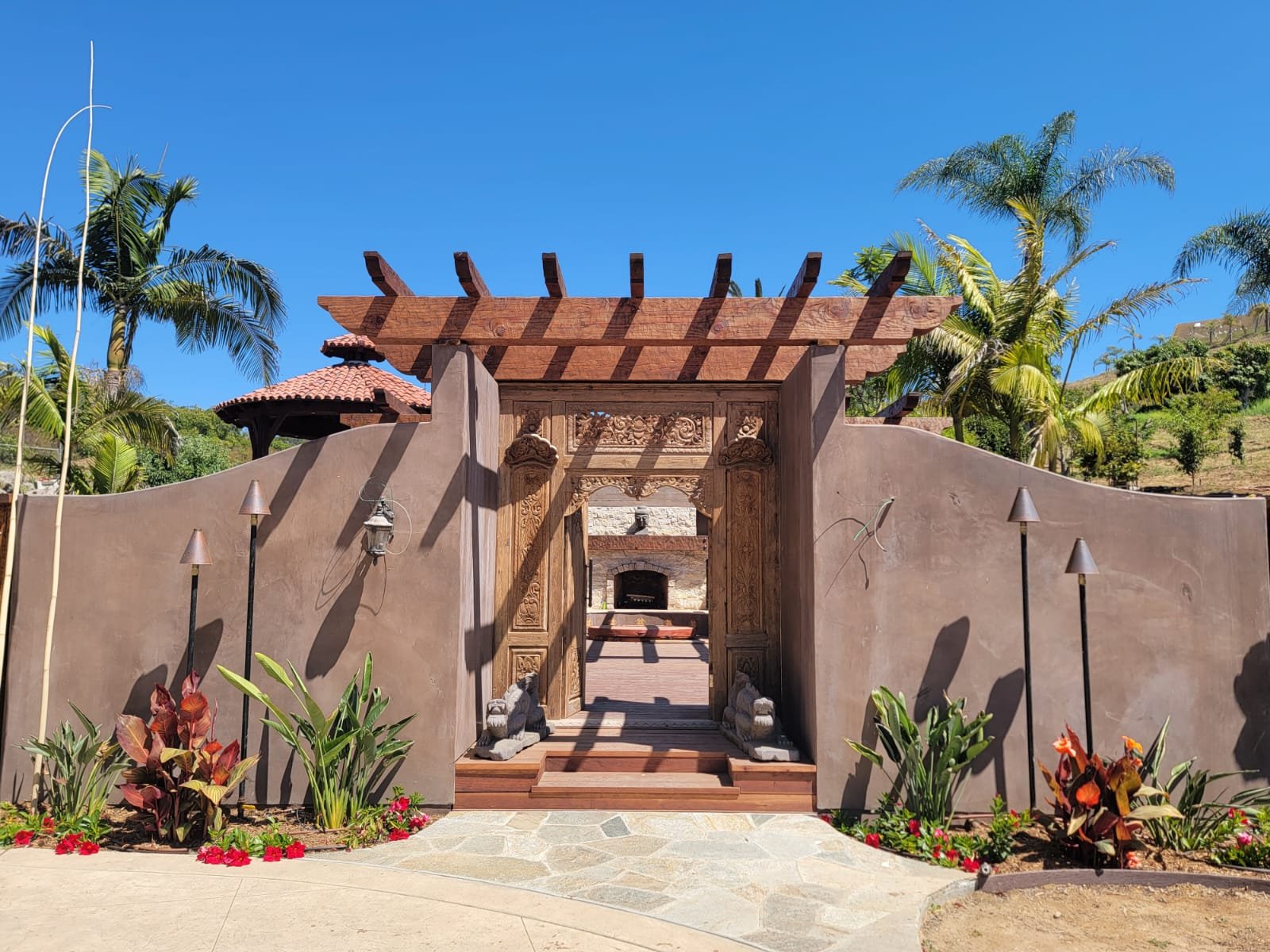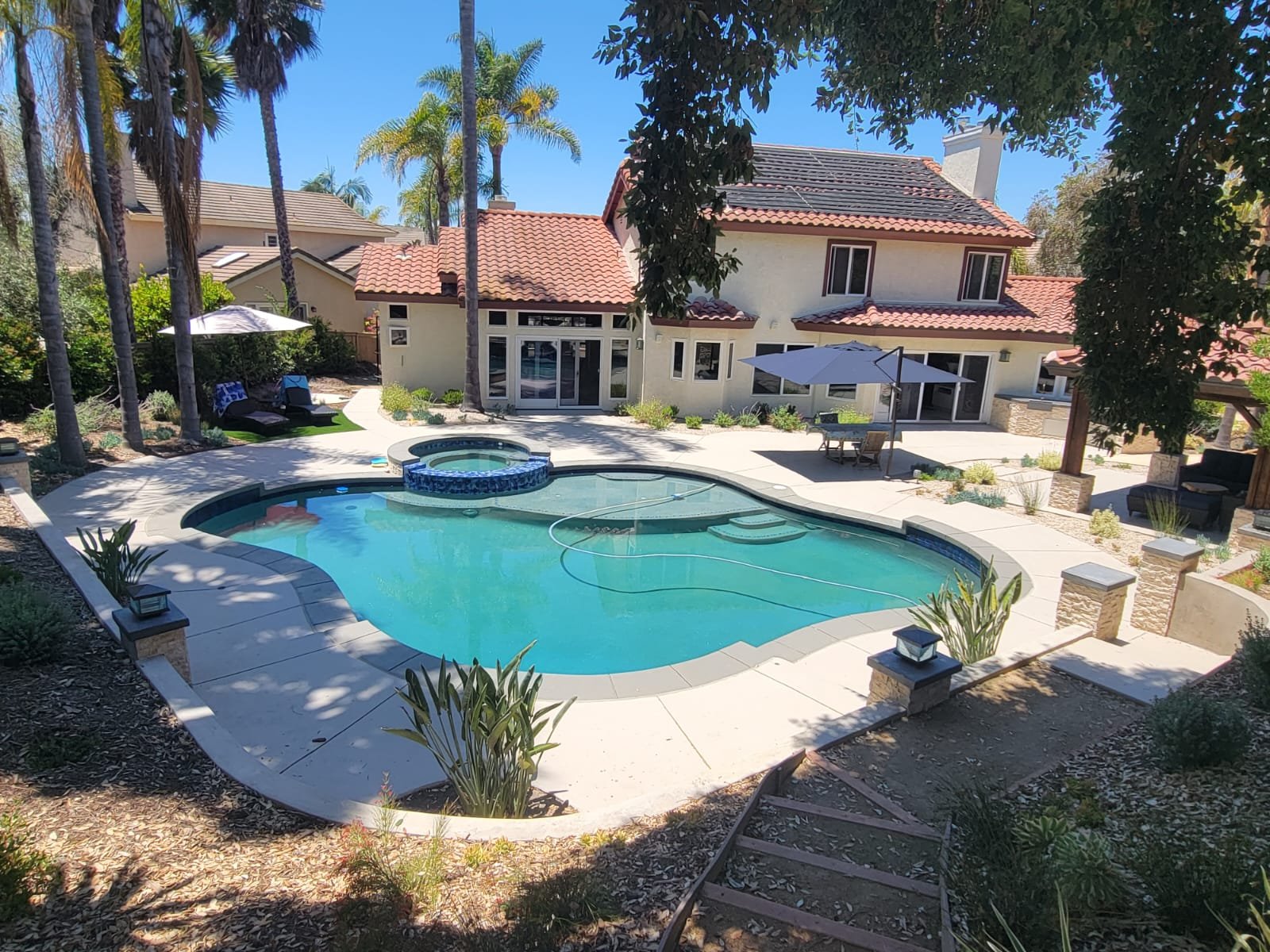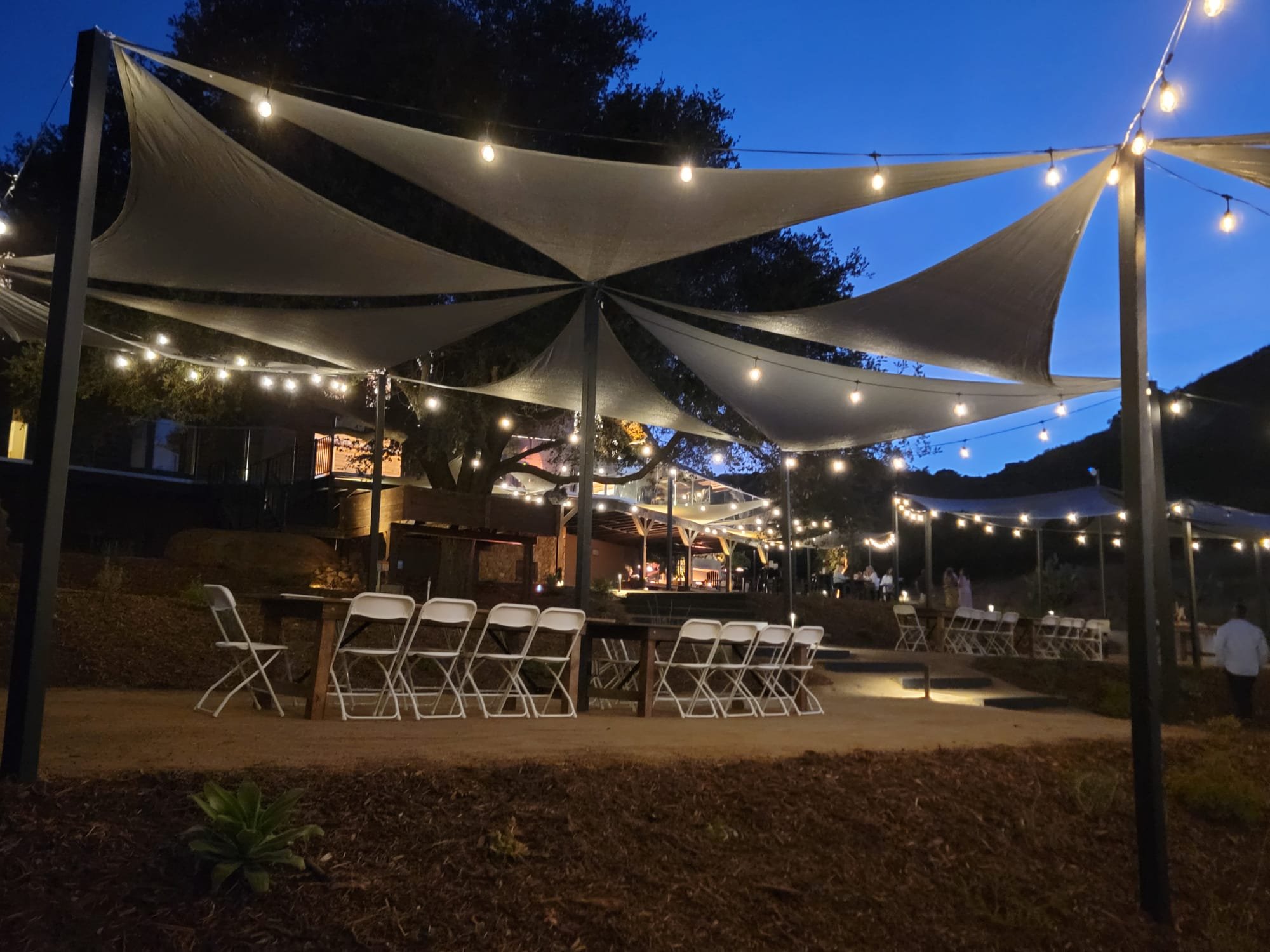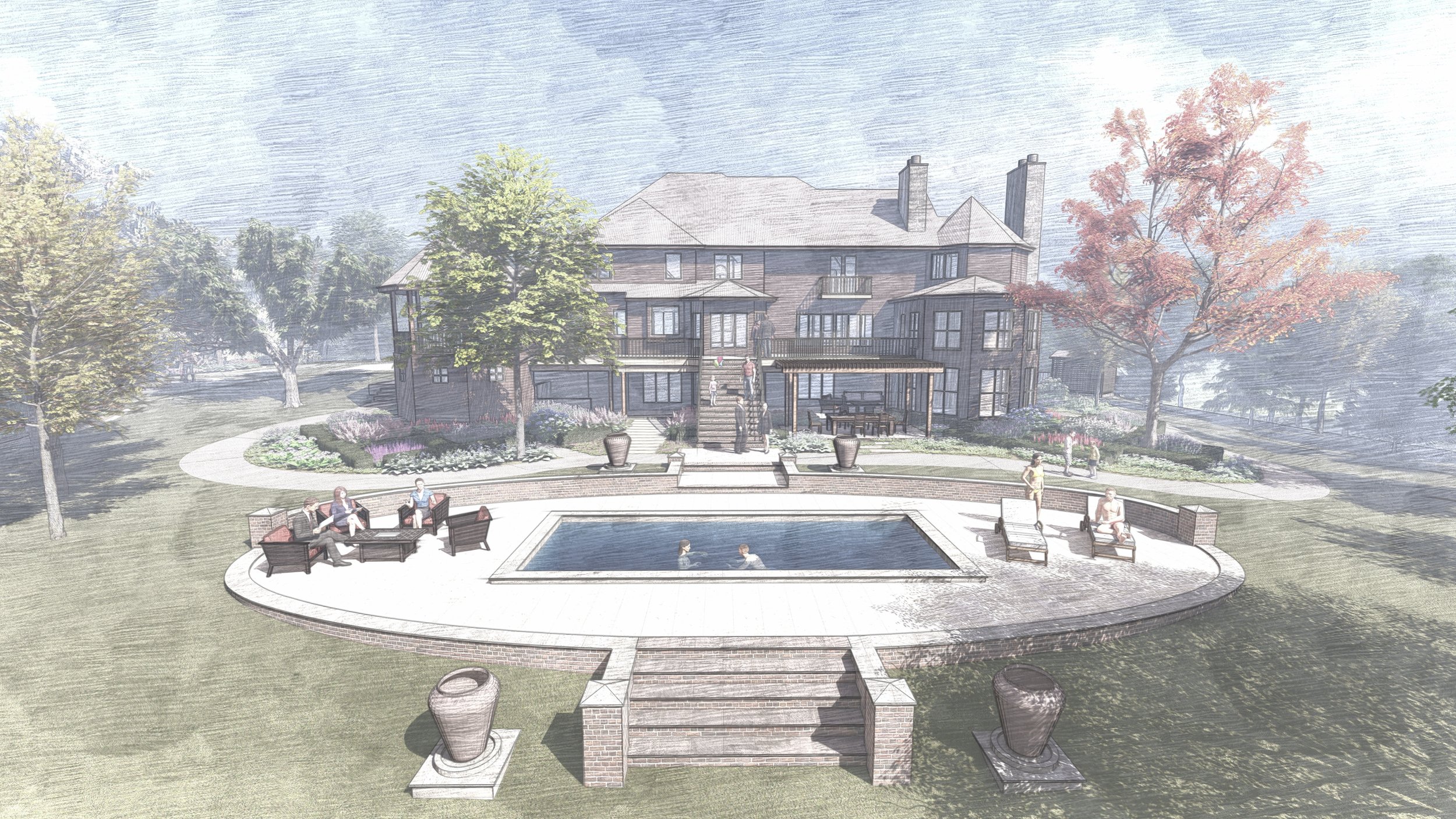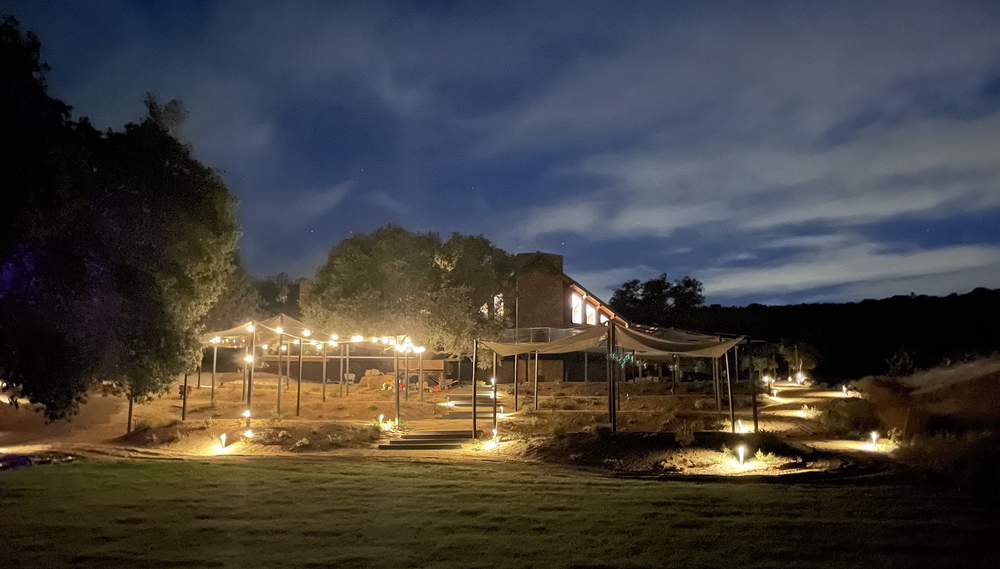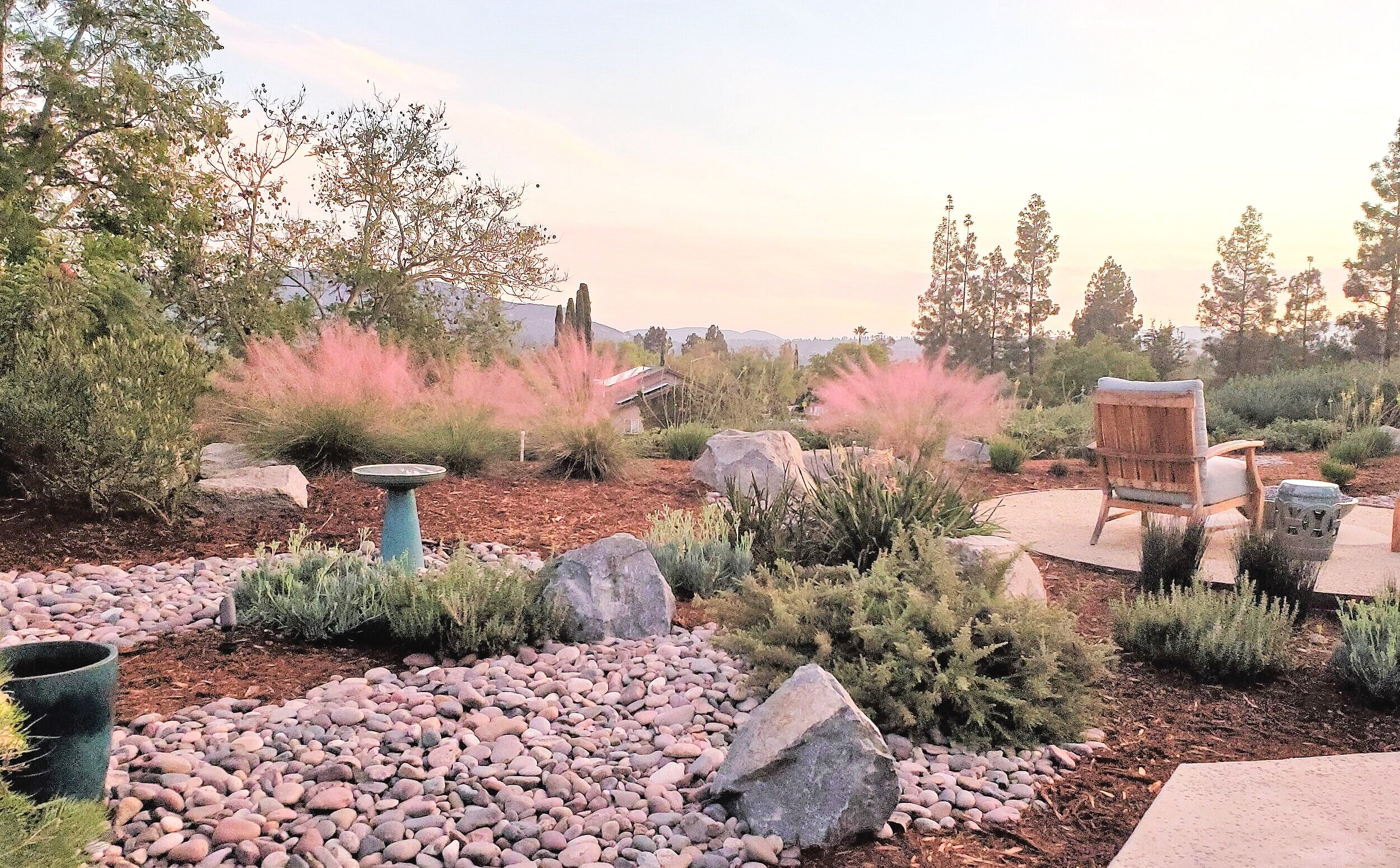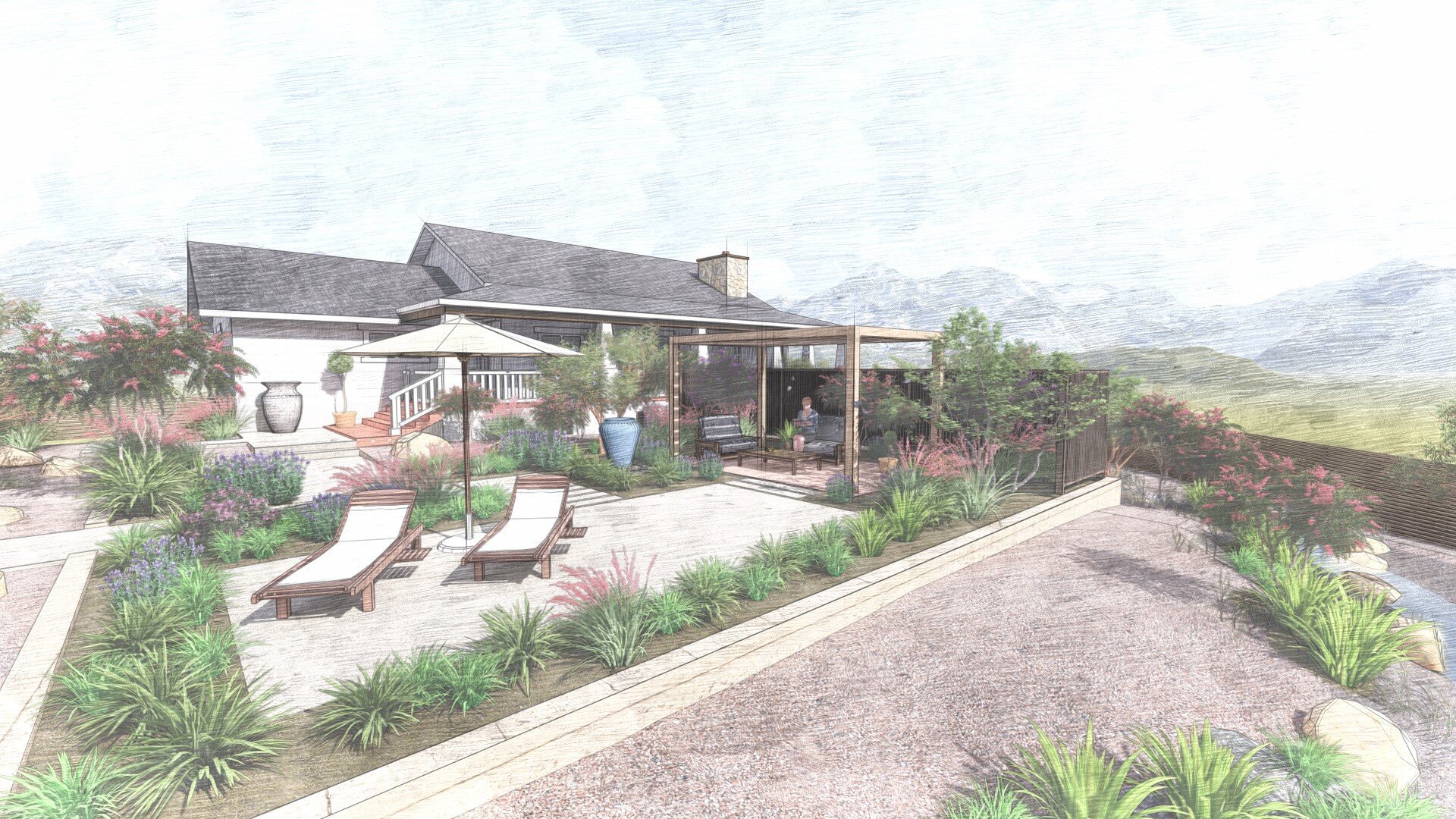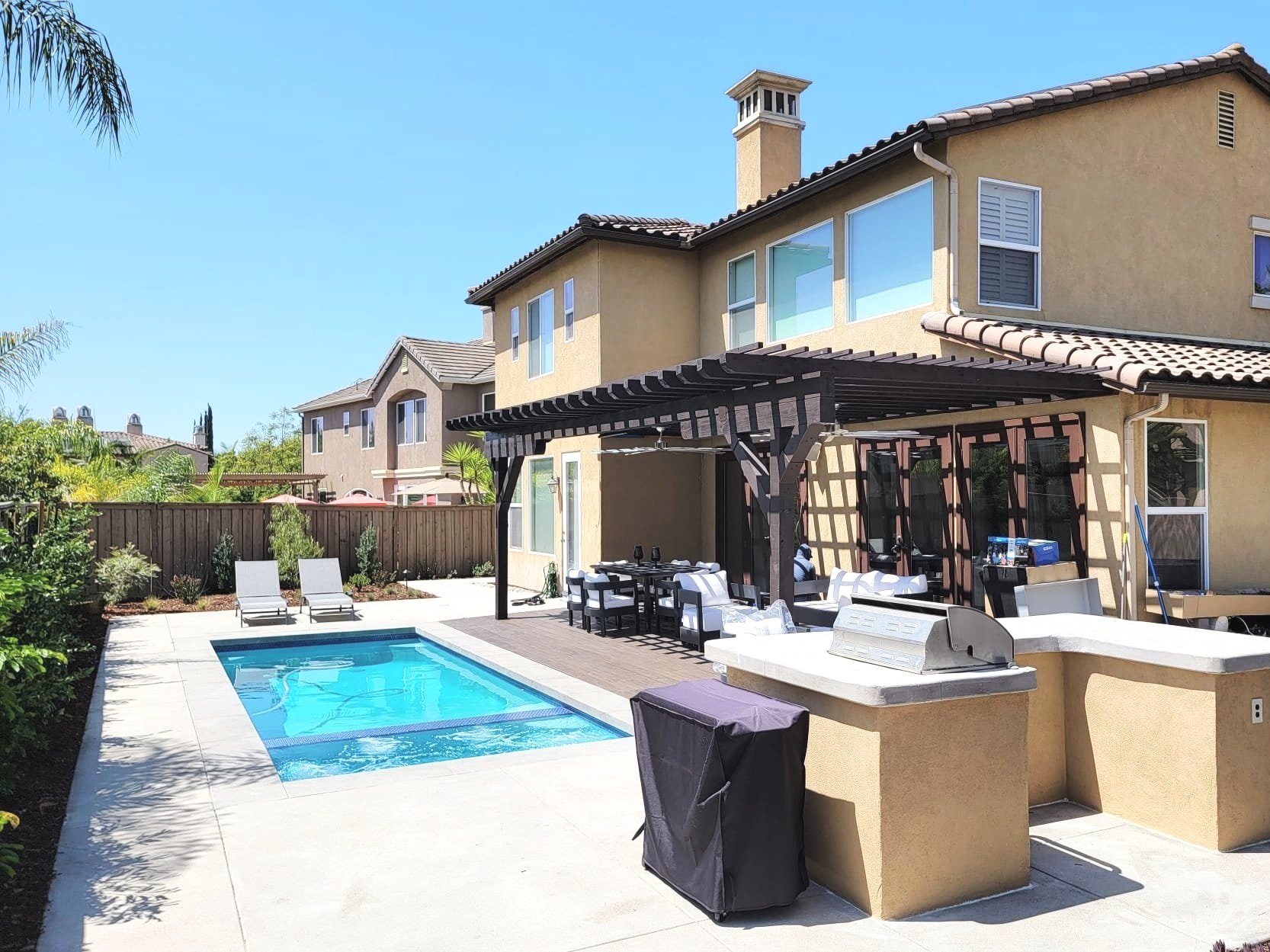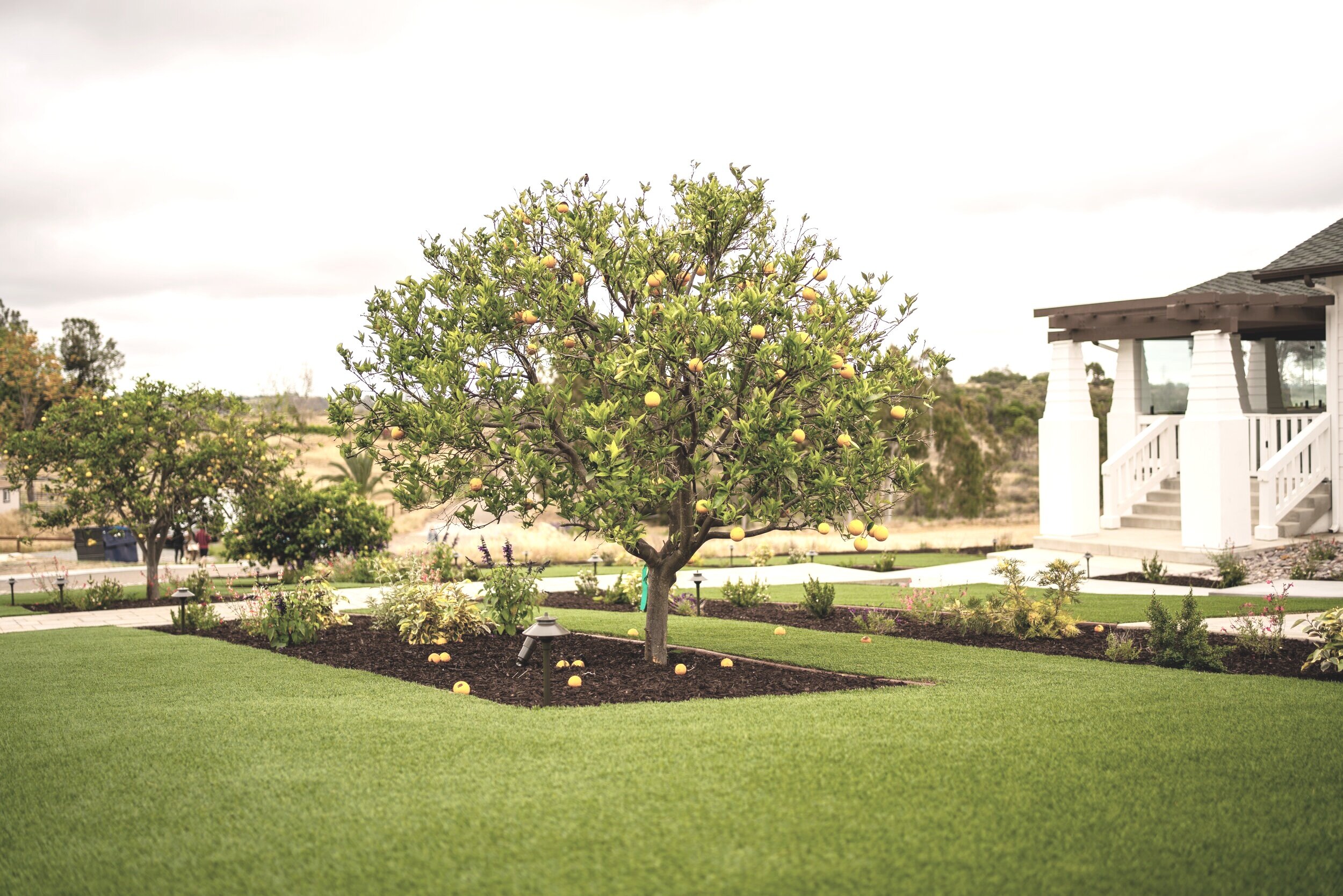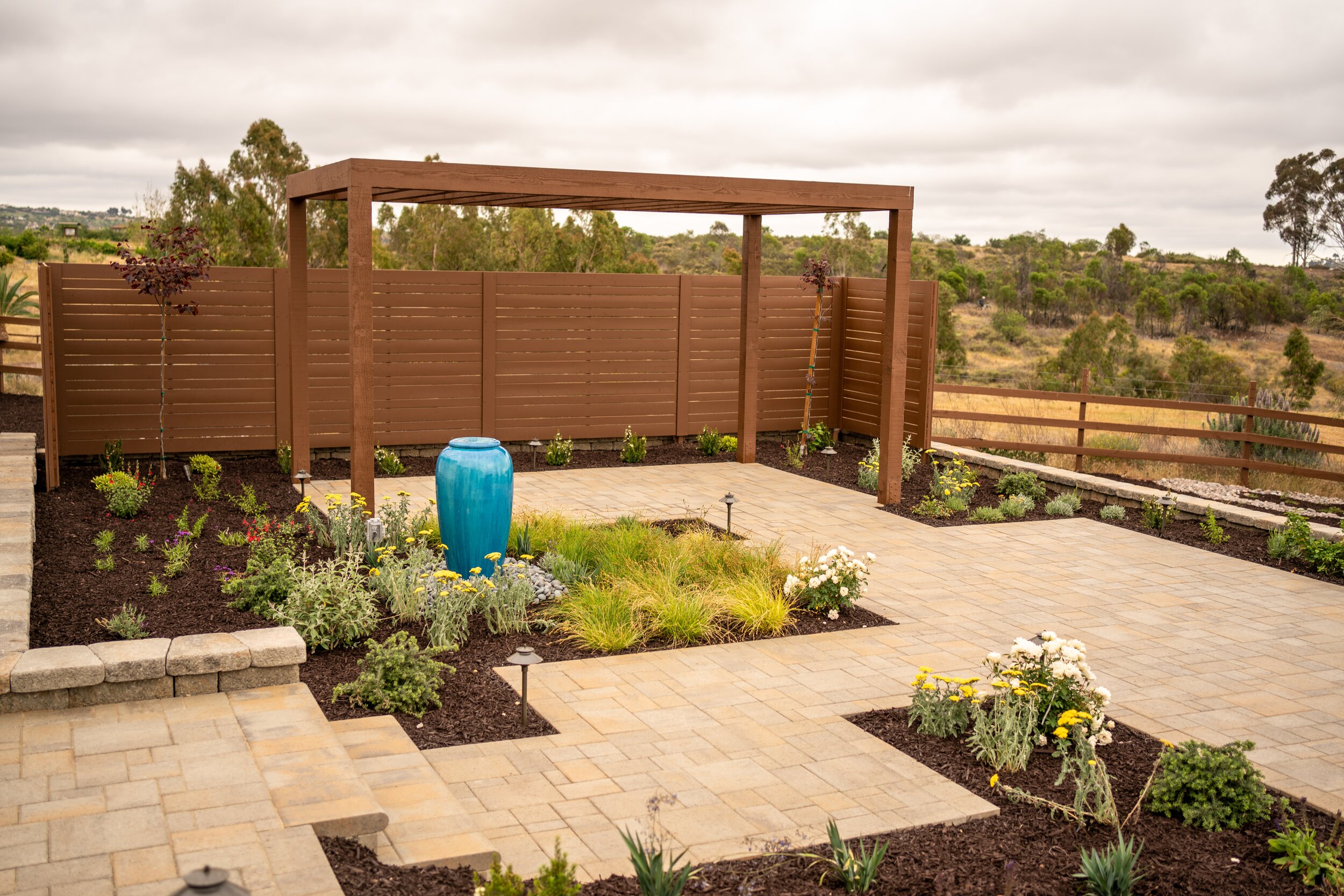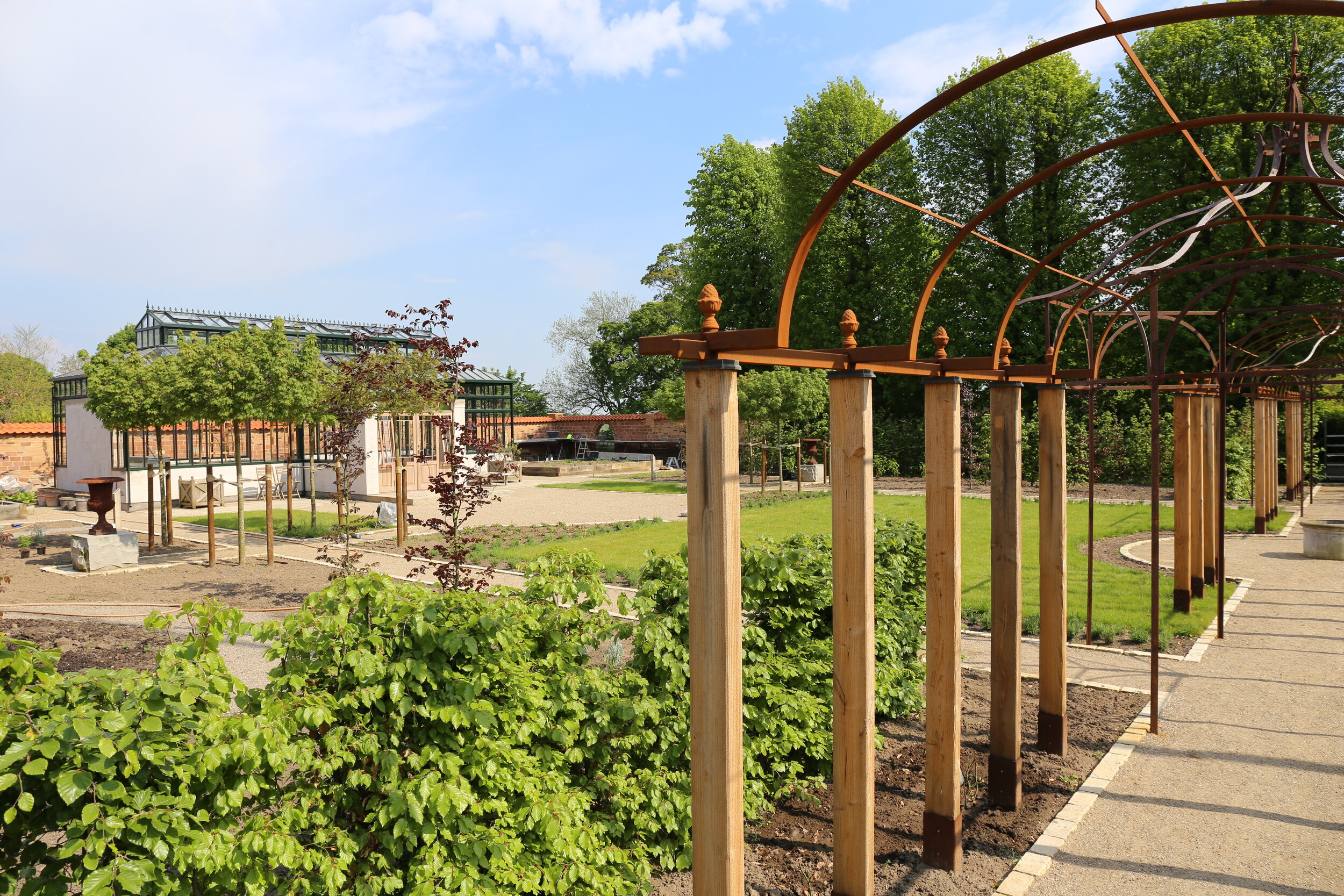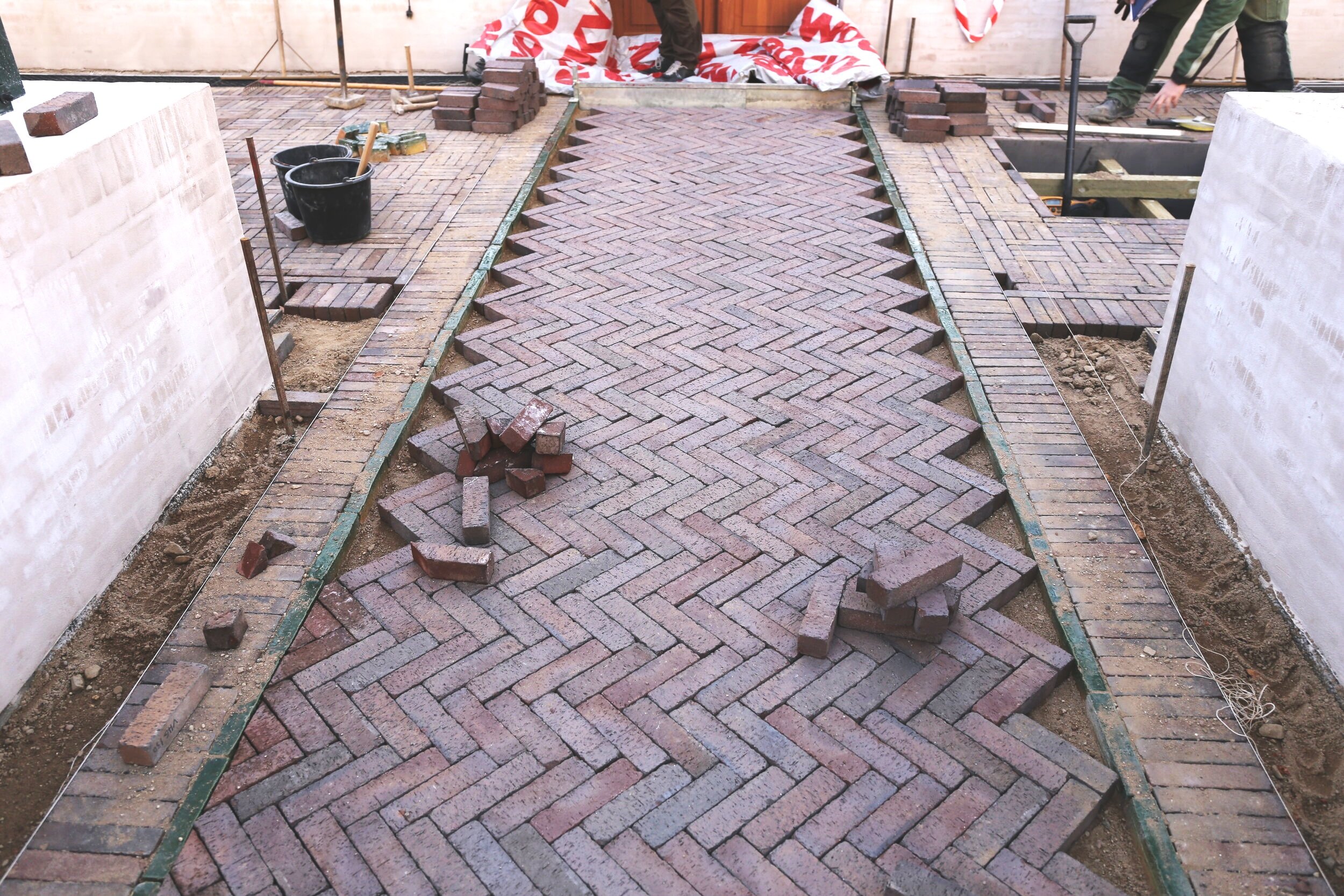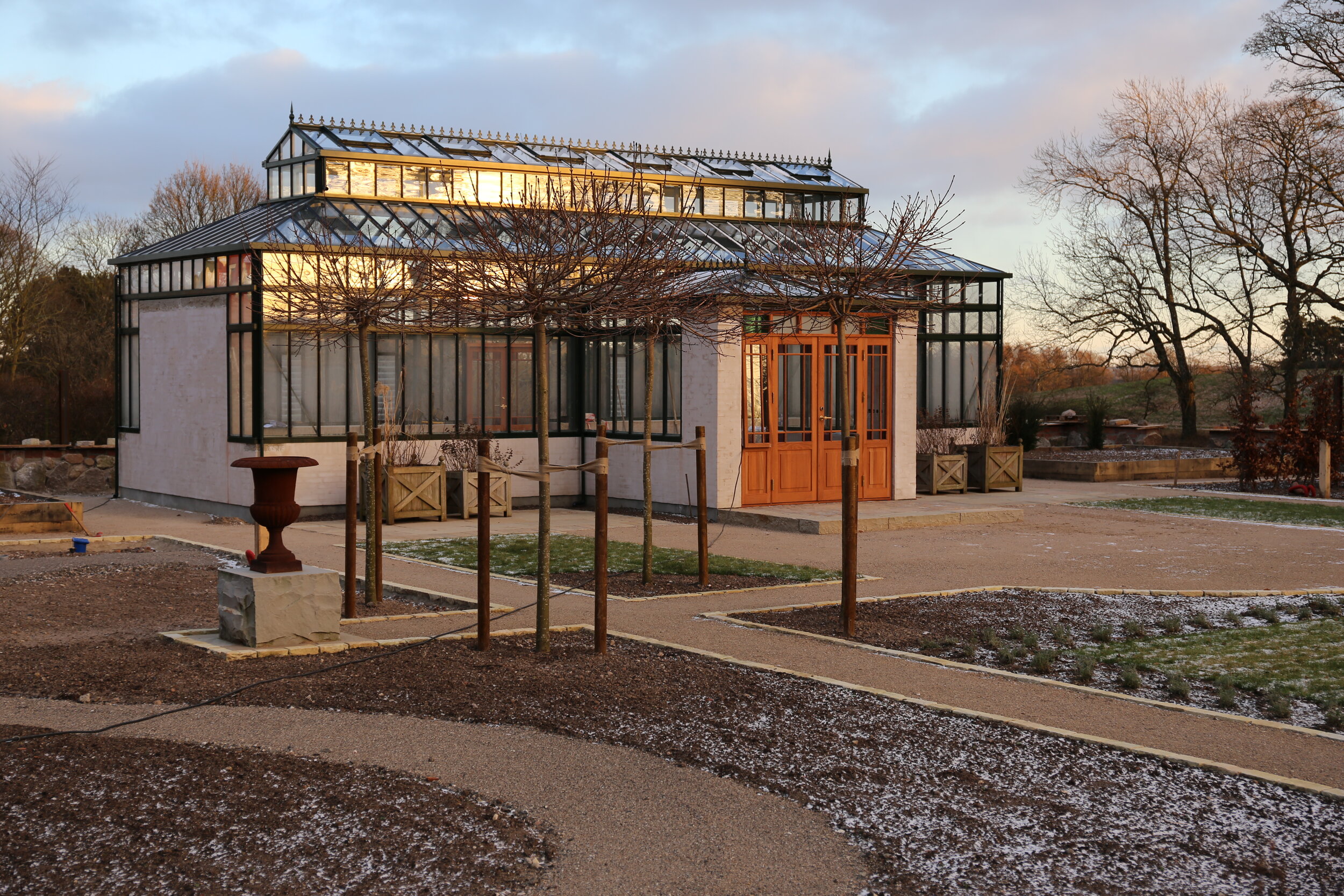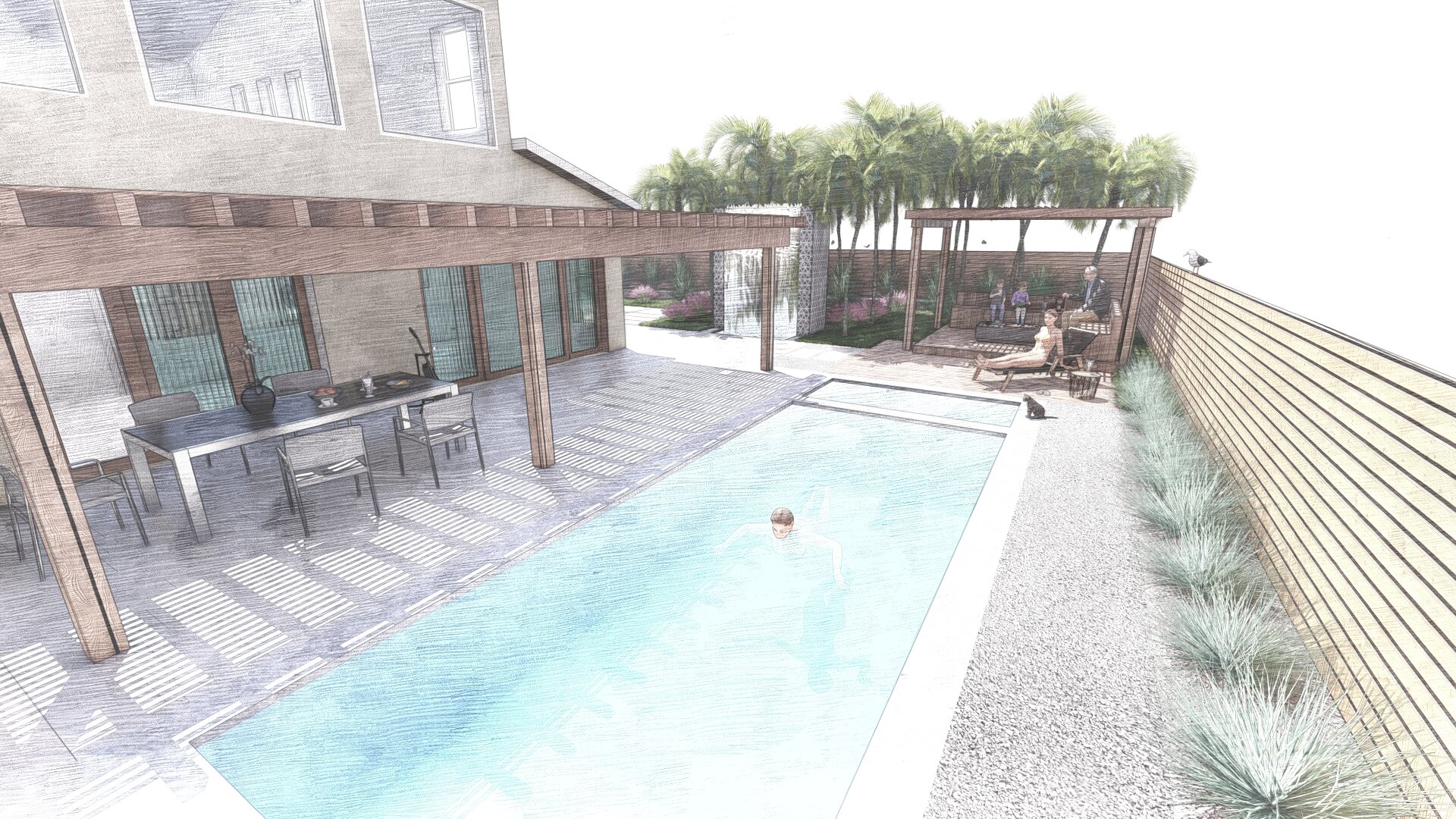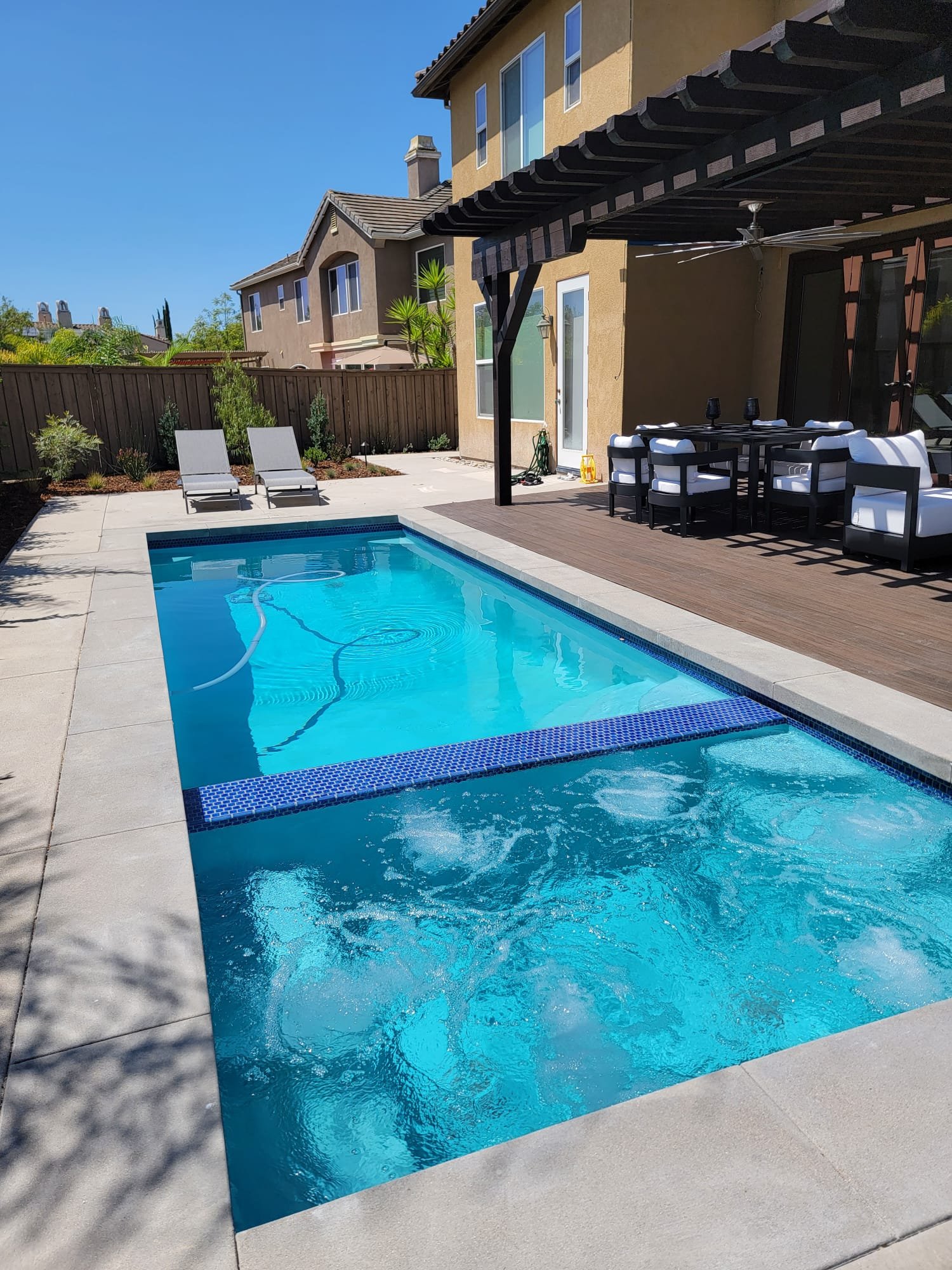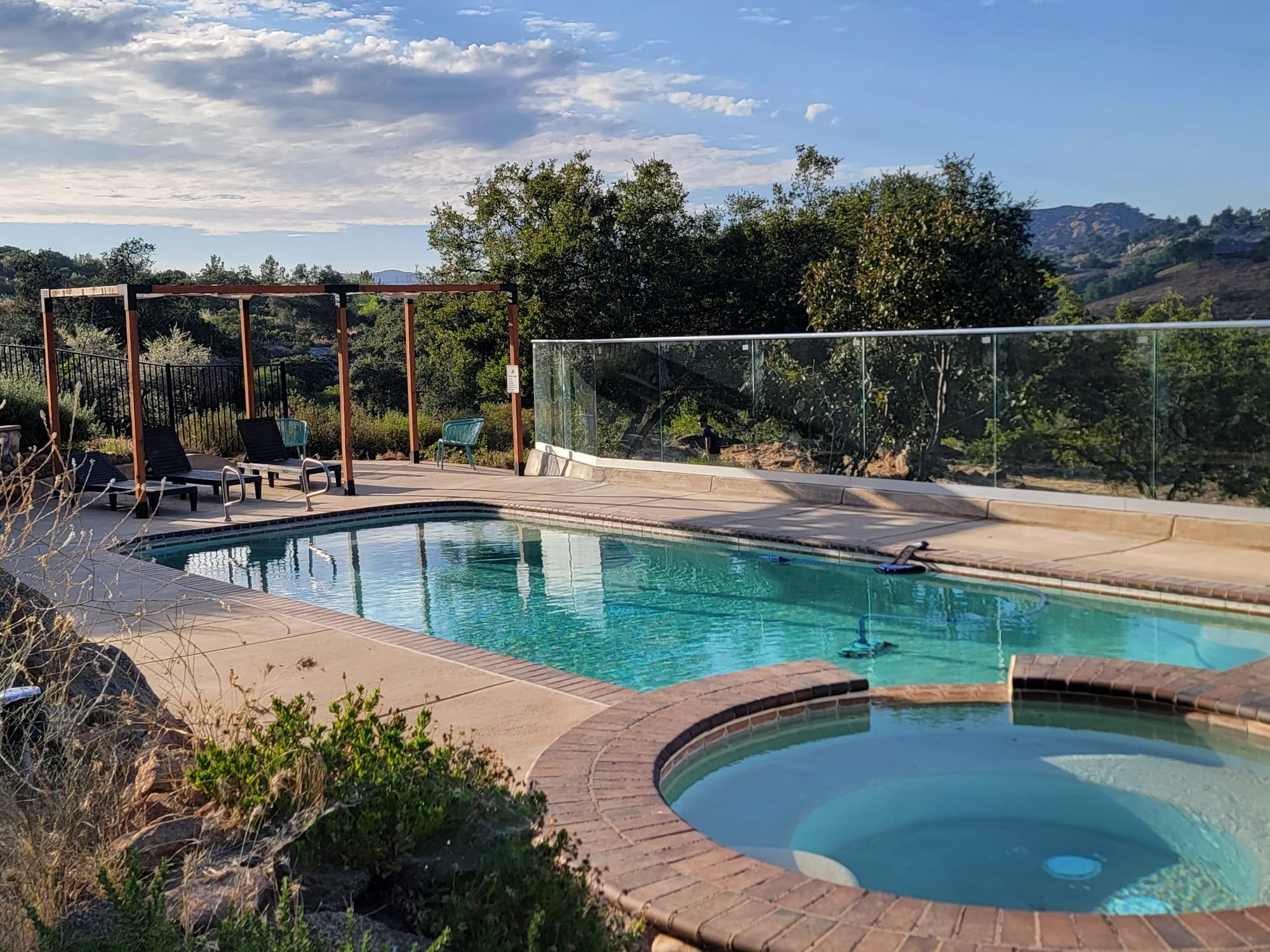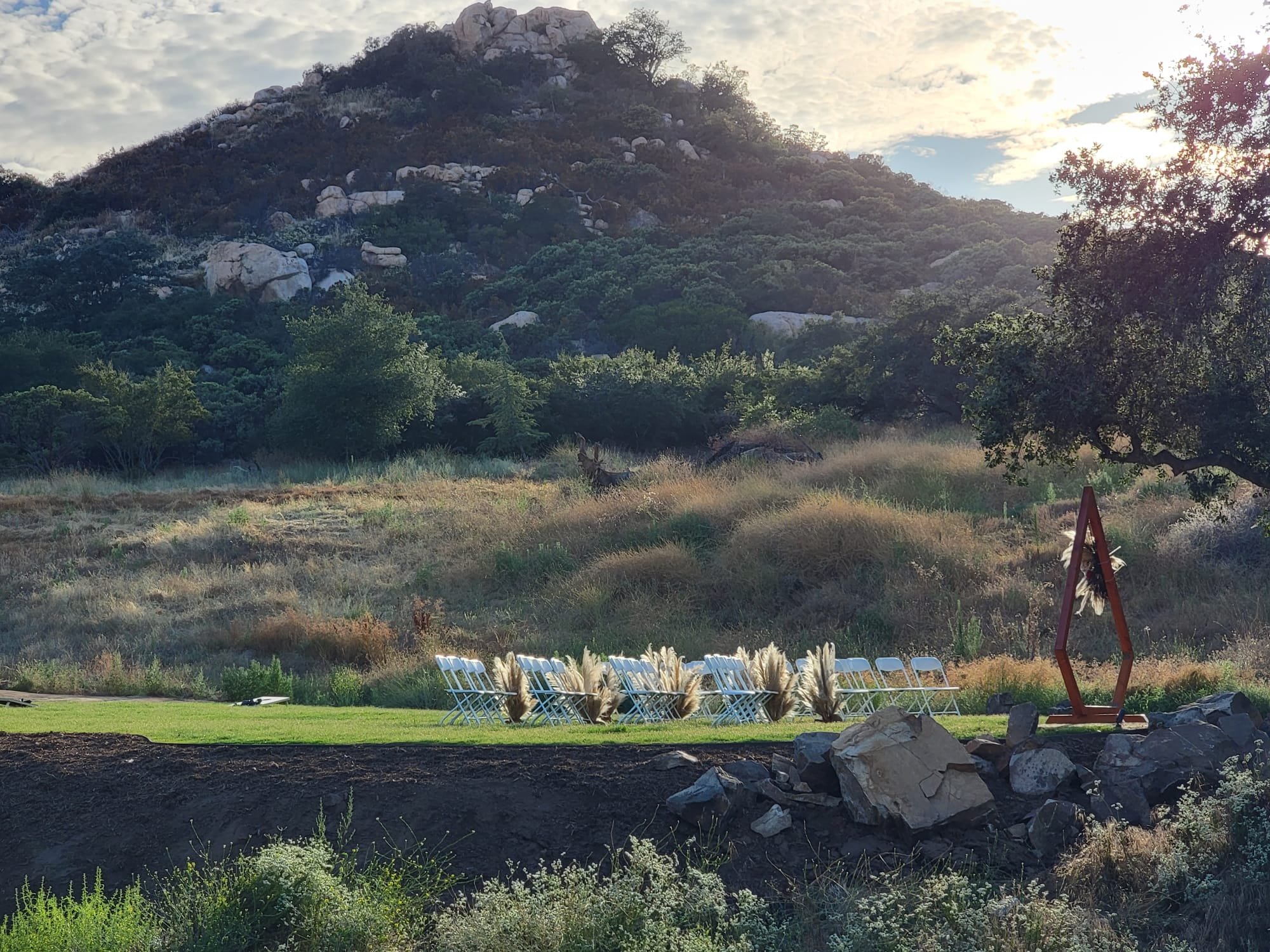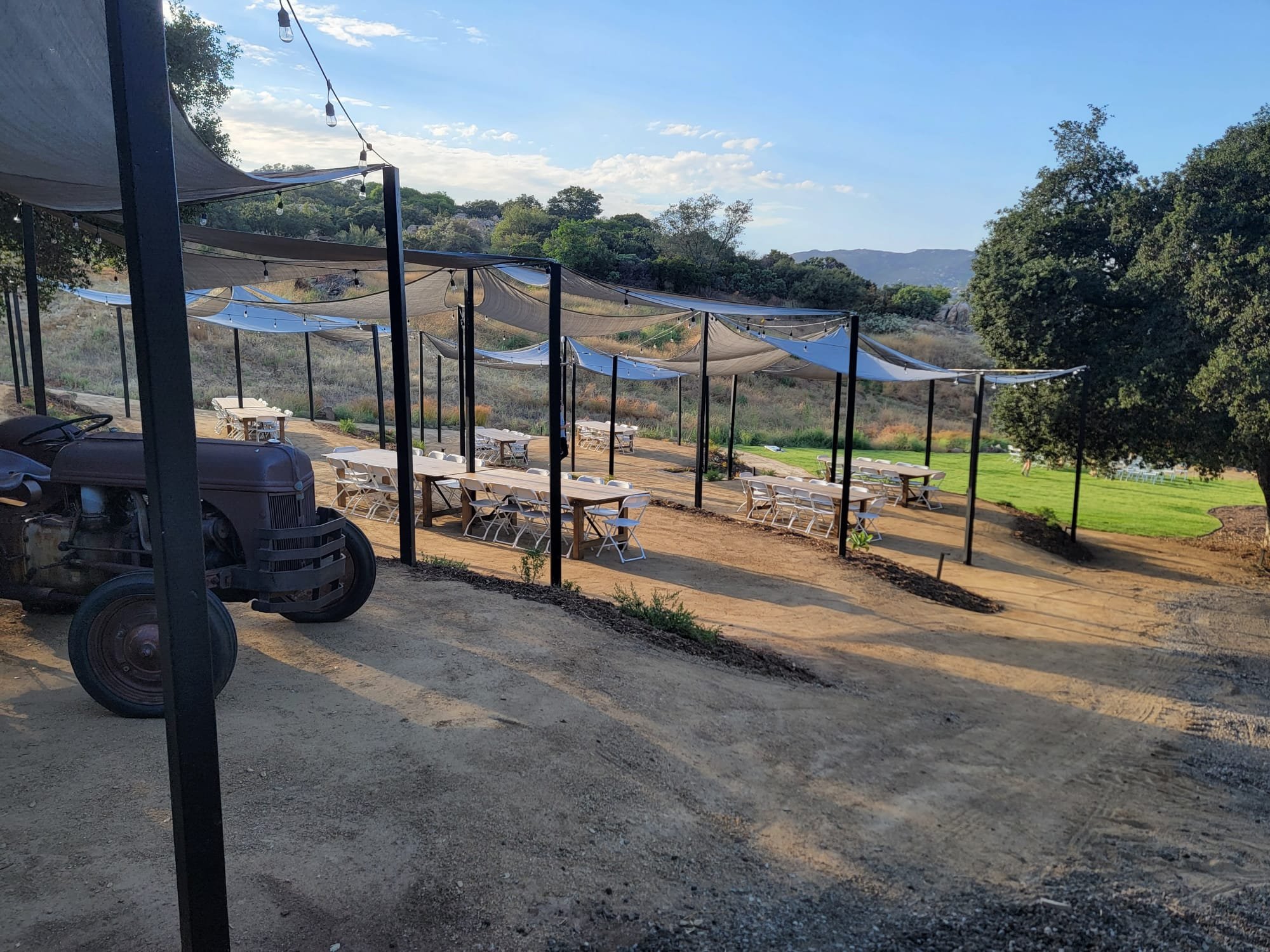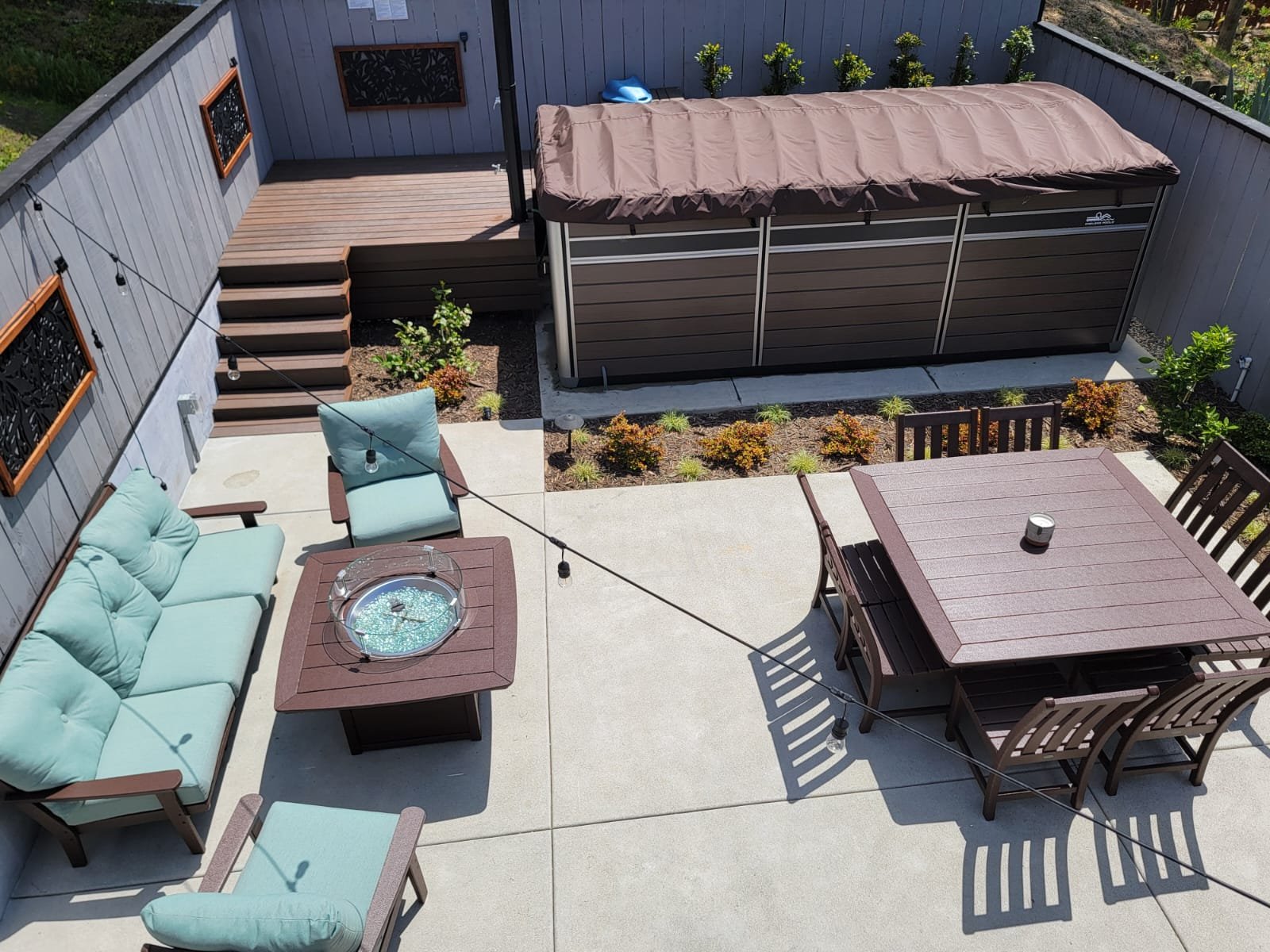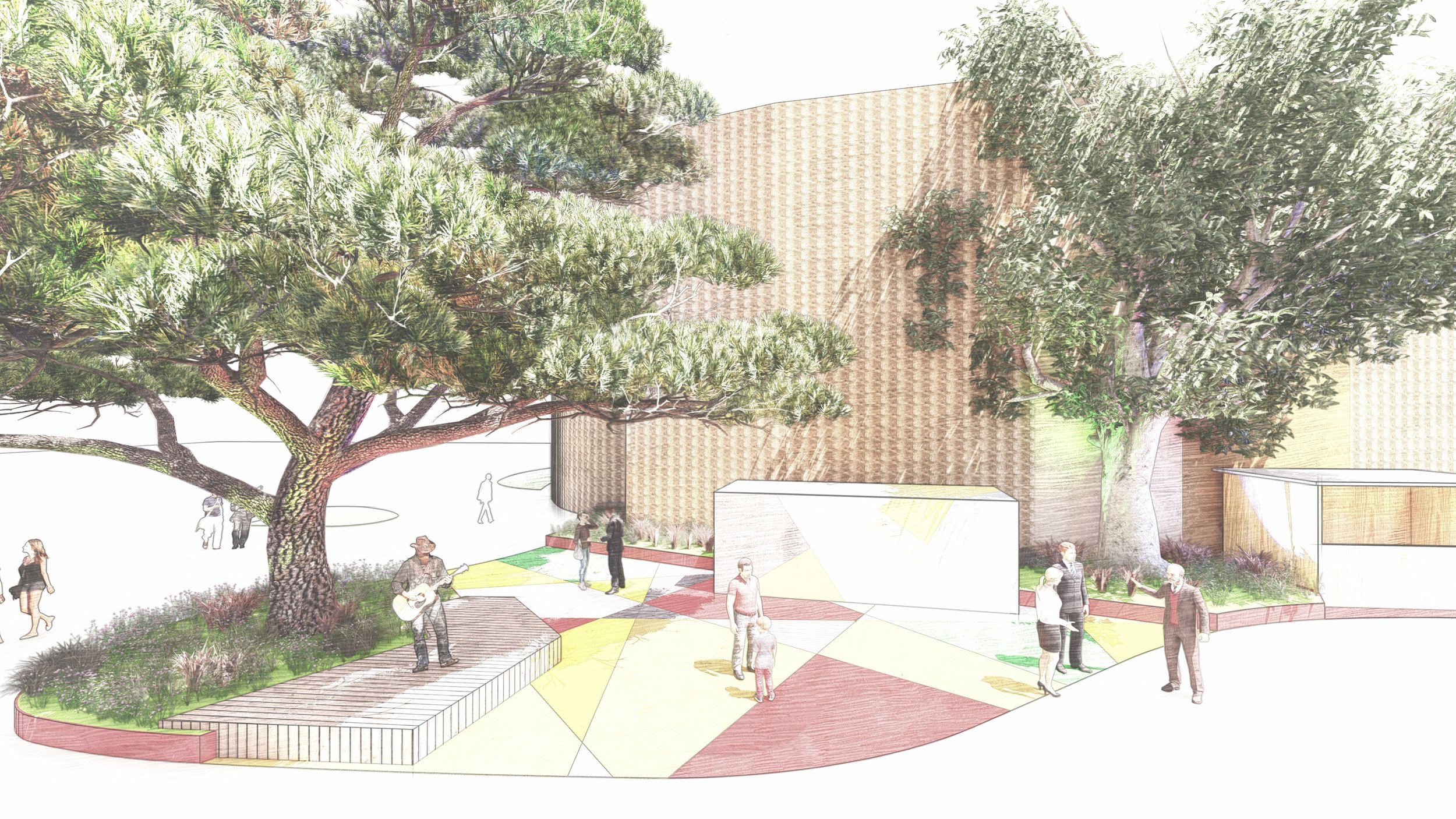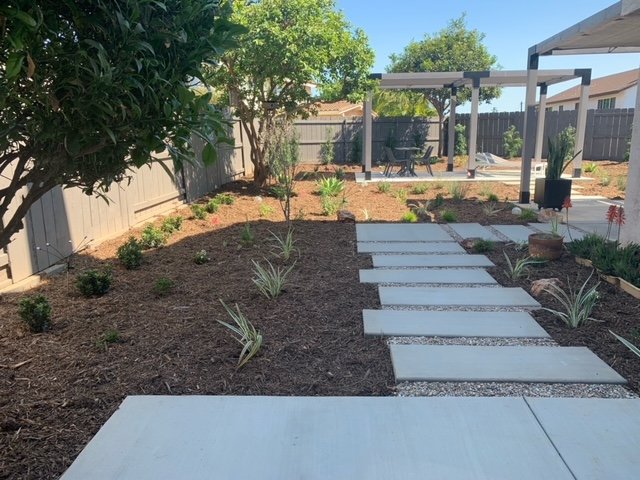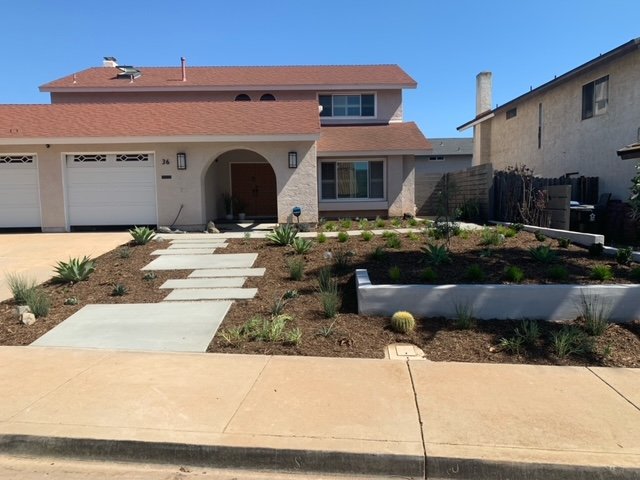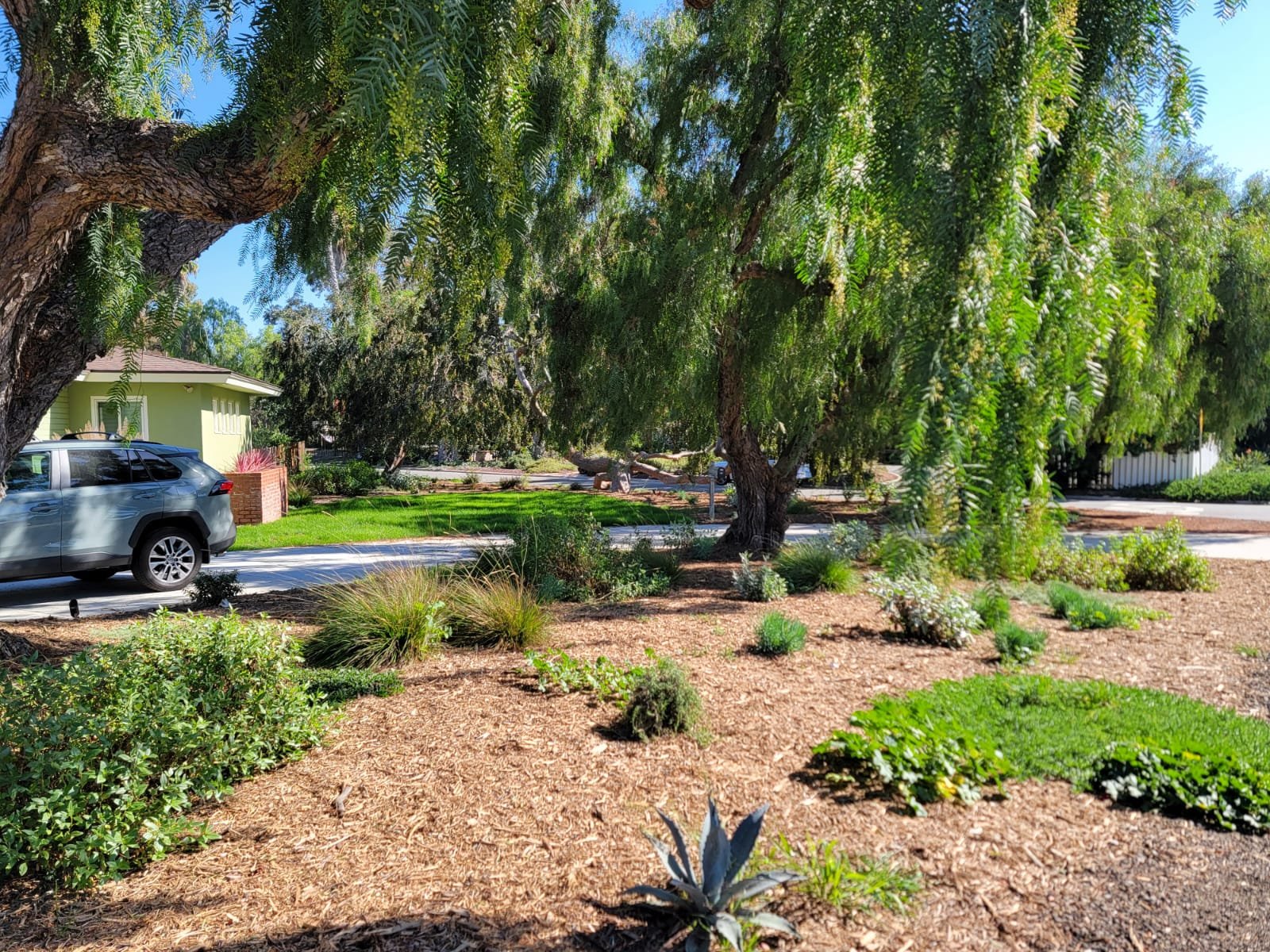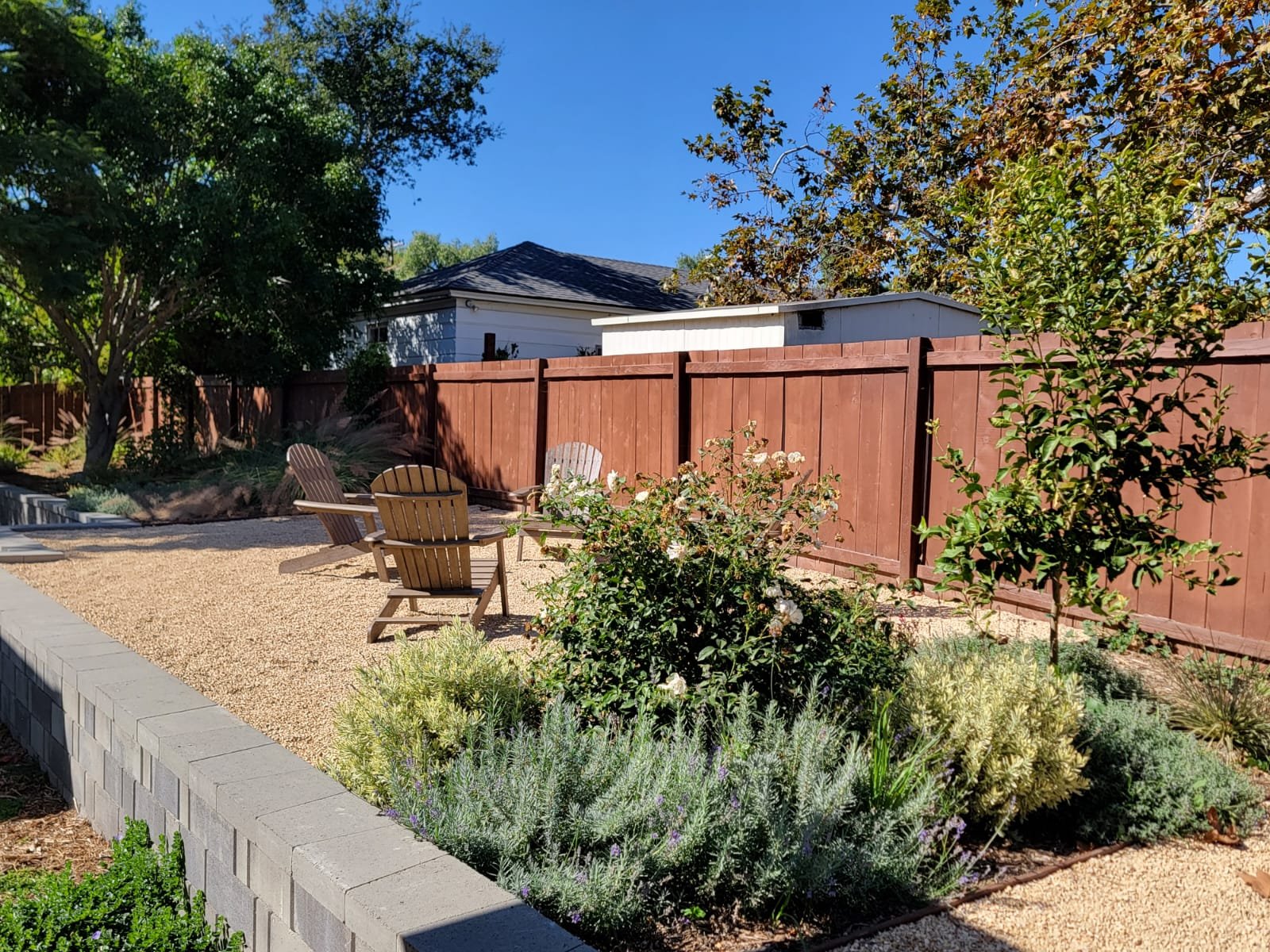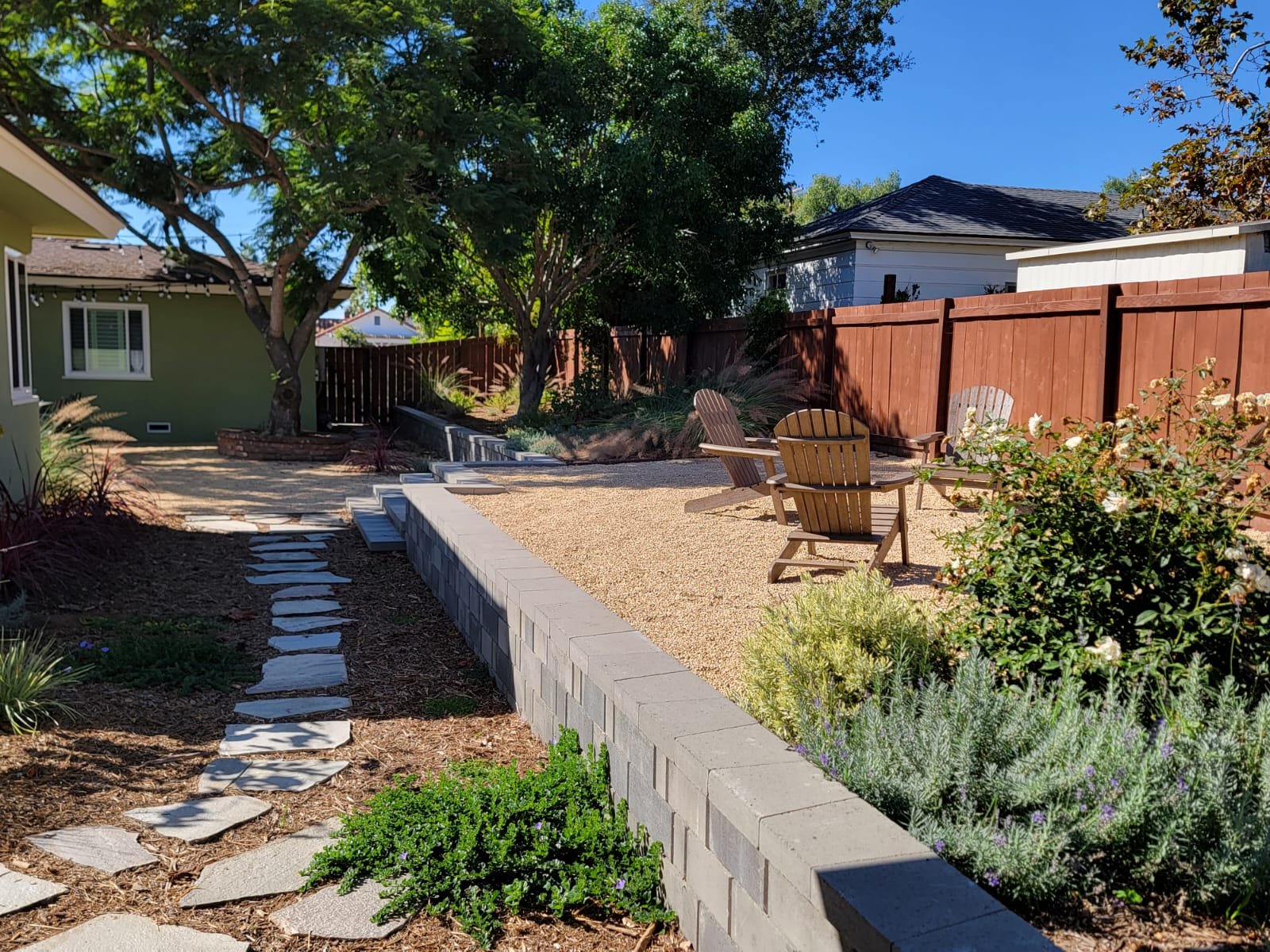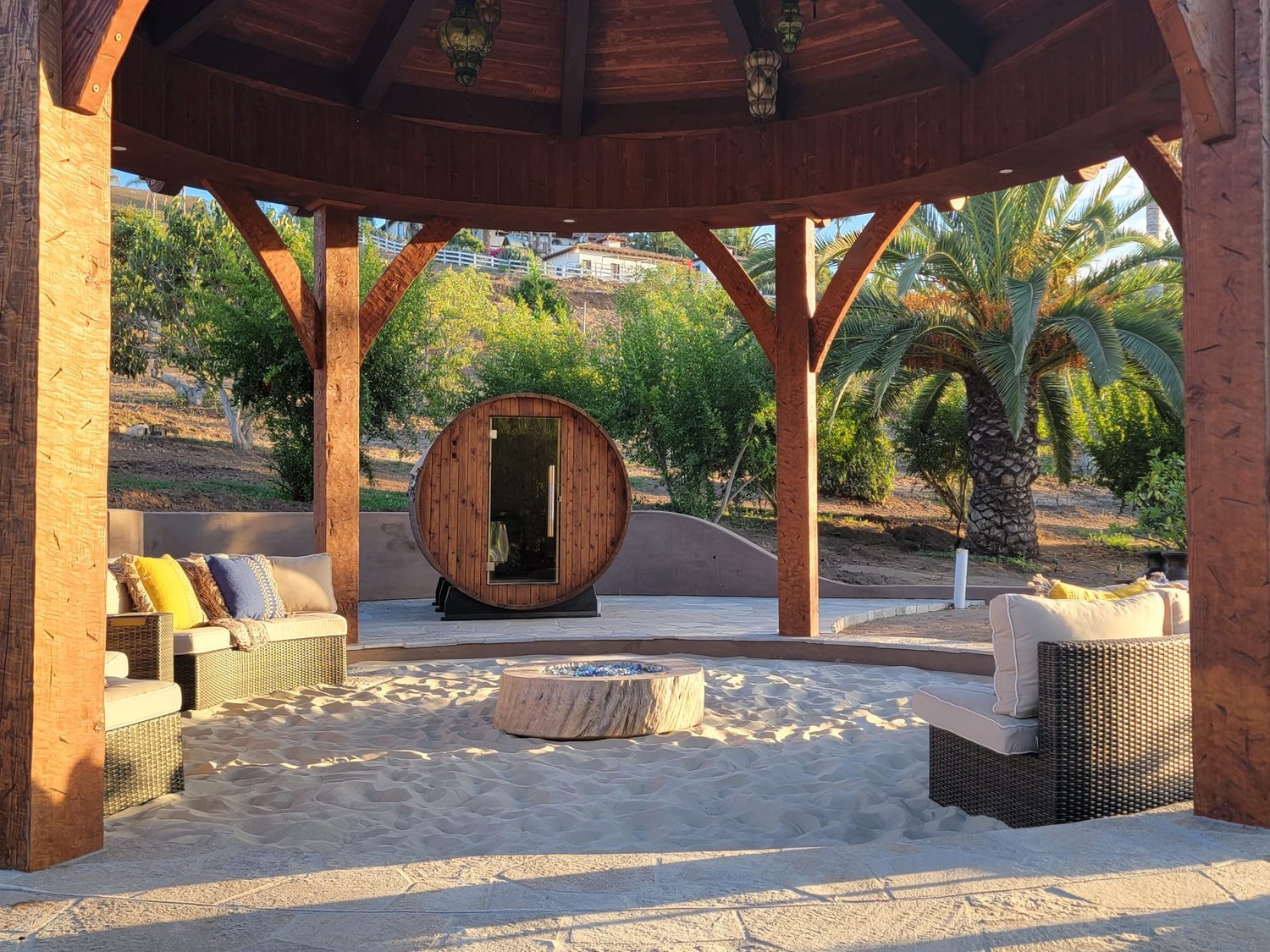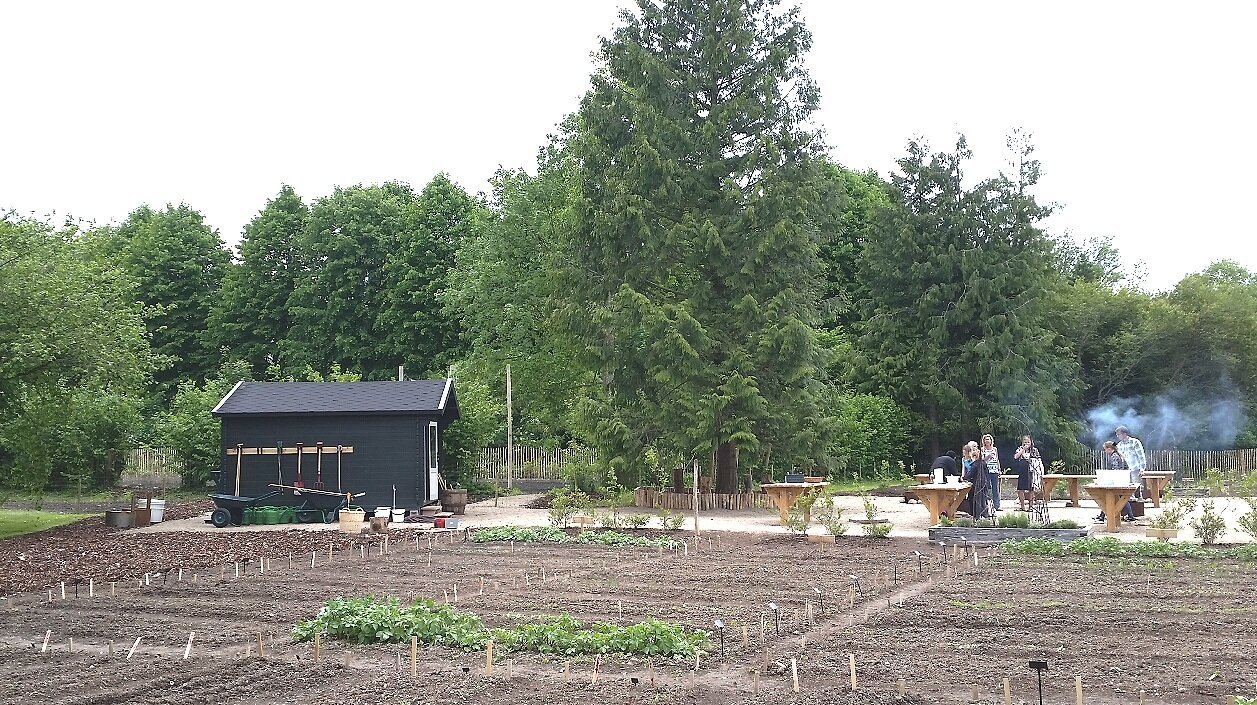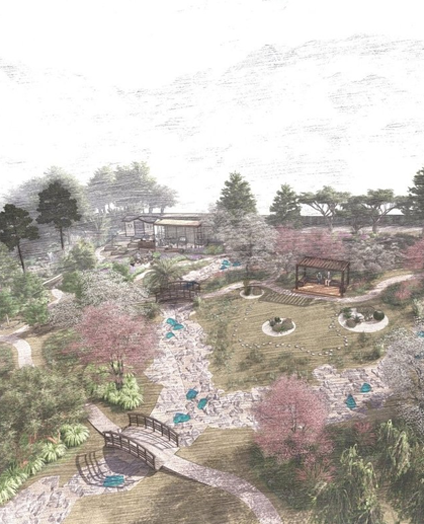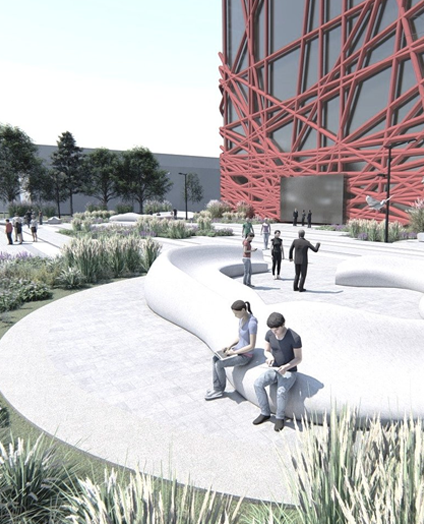History of Landscape Design in Warner Springs, California
Warner Springs, California, located in San Diego County, has a rich history of landscape design that spans several centuries. The area's landscape design history is closely tied to its indigenous people, Spanish colonization, and the development of the region as a tourist destination. Here's an overview of the key milestones in the history of landscape design in Warner Springs:
01 Indigenous Landscapes: Before European settlers arrived, the region was inhabited by Native American tribes, including the Cupeño and the Luiseño. These tribes had their own unique understanding of the landscape and utilized sustainable land management practices, such as controlled burning and selective harvesting, to shape the environment to meet their needs for food, shelter, and resources.
02 Spanish Colonization: In the 18th century, Spanish explorers and settlers arrived in California, including the Warner Springs area. Spanish missionaries established missions in the region, and with them came the introduction of European-style landscaping. Missionaries planted gardens with crops, orchards, and decorative plants, transforming the natural landscape to suit their needs.
03 Ranchos and Cattle Ranching: In the 19th century, the Mexican land grant system awarded large tracts of land, including the Warner Springs area, to private individuals. Cattle ranching became a dominant industry, and the landscape was further modified to accommodate grazing and farming activities.
04 Development of a Resort Destination: By the late 19th and early 20th centuries, Warner Springs began to attract tourists seeking the area's hot springs and scenic beauty. In the early 1900s, the Warner Hot Springs Resort was established, becoming a popular destination for relaxation and wellness. The resort's landscape was designed to complement the natural surroundings and provide a serene and attractive setting for visitors.
05 20th Century Landscaping: During the 20th century, as the popularity of the resort increased, the landscape around Warner Springs continued to evolve. New facilities, such as golf courses, tennis courts, and recreational areas, were developed to cater to tourists and residents alike. The landscaping aimed to maintain the area's natural appeal while offering amenities for relaxation and leisure.
06 Modern Conservation Efforts: In more recent times, there has been a growing awareness of the importance of preserving the natural beauty and ecological balance of the Warner Springs region. Conservation efforts, including sustainable landscaping practices, have been implemented to protect the local environment and wildlife.
07 Contemporary Landscaping: As of my last knowledge update in September 2021, Warner Springs has seen a mix of traditional and modern landscaping approaches. There are private residential properties, resorts, and public spaces that feature a blend of native plantings, water-wise landscaping, and recreational areas to cater to the needs and preferences of residents and visitors while respecting the natural environment.


Landscape Design Styles in Warner Springs, California
Here are some common landscape design styles found in Warner Springs:
01 Native Landscaping: This style emphasizes the use of native plants that are well adapted to the local climate and require less water and maintenance. Native landscaping aims to create a habitat that supports local wildlife and preserves the natural character of the region. Plants such as California poppies, sagebrush, ceanothus, and manzanita are commonly incorporated into native landscape designs.
02 Mediterranean-Inspired Gardens: Given the Mediterranean climate in Southern California, with warm, dry summers and mild, wet winters, Mediterranean-inspired gardens are popular in Warner Springs. These gardens often feature drought-tolerant plants such as lavender, rosemary, bougainvillea, and olive trees. The design typically includes stone pathways, terracotta pots, and other elements reminiscent of Mediterranean landscapes.
03 Ranch and Country Style: Warner Springs has a history of ranching and a rural countryside vibe. As a result, many properties embrace a ranch or country-style landscape design. This style includes open spaces, meadows, rustic fences, and may incorporate agricultural elements such as vegetable gardens or orchards.
04 Desert Landscapes: As Warner Springs is situated in an arid region, desert landscaping is also common. This style emphasizes the use of cacti, succulents, and other drought-resistant plants, along with rocks and gravel to create visually appealing and water-efficient gardens.
05 Resort and Golf Course Landscapes: With the presence of the Warner Springs Resort and Golf Course, the landscape in some areas may be influenced by a resort-style design. These landscapes often incorporate manicured lawns, ornamental trees, water features, and flower beds to create a luxurious and relaxing atmosphere.
06 Xeriscaping: Xeriscaping is a landscaping approach that aims to minimize water usage while still maintaining an attractive outdoor space. It involves using drought-resistant plants, mulch, efficient irrigation systems, and other water-saving techniques.
07 Contemporary and Eclectic Designs: In more urbanized areas or newer developments, you may find contemporary or eclectic landscape designs that combine elements of various styles, incorporating modern materials, geometric shapes, and artistic features.
These are just a few examples of the many landscape architecture and design styles you can find in Warner Springs, California.
contact usFeatured Projects
Best Parks and Gardens to Visit for Inspiration in Warner Springs, California
Here are a few notable parks and gardens to consider visiting in Warner Springs:
Warner Springs Community Park: Located in the heart of Warner Springs, this community park provides a peaceful setting for picnics, outdoor activities, and relaxation. It features open green spaces, playground equipment for kids, and facilities for basketball and volleyball.
Warner Springs Resource Conservation District Native Plant Garden: This garden showcases a variety of native plants that are well-suited to the region's climate. It offers an opportunity to learn about the flora and fauna of the area and the importance of using native plants in landscaping.
Warner-Carrillo Ranch House: While not a traditional park or garden, the Warner-Carrillo Ranch House is a historical site with scenic surroundings. The ranch house and its grounds offer a glimpse into the region's past and are open to the public for tours.
Santa Ysabel Open Space Preserve: Though not within Warner Springs itself, the Santa Ysabel Open Space Preserve is nearby and worth a visit for outdoor enthusiasts. The preserve offers hiking trails that wind through beautiful landscapes with oak woodlands and expansive views.
Cleveland National Forest: A vast wilderness area surrounds Warner Springs, and a visit to the Cleveland National Forest allows you to experience the natural beauty of the region. The forest offers hiking, camping, and wildlife viewing opportunities.
Palomar Mountain State Park: While a bit farther from Warner Springs, Palomar Mountain State Park is worth the trip for its beautiful forests, hiking trails, and the famous Palomar Observatory.
contact usLASD Studio Services: Landscape Architecture, Sustainability & Design.
Our design studio delivers Garden Design, Landscape Architecture and Urban Design Projects internationally. Each of our designs distinguishes with high-quality details, attention to the specific epoch of architecture style, climate zone, sustainability issues and of course wishes of our clients.
LASD Studio fields of expertise are (private, public, and institutional):
 Garden Design, Landscape Design, & Exterior Design
Garden Design, Landscape Design, & Exterior Design
 Landscape Architecture
Landscape Architecture
 Urban Design
Urban Design
 Regional Landscape Design
Regional Landscape Design
 Private, Public, Institutional Landscape Design and Landscape Architecture Services worldwide.
Private, Public, Institutional Landscape Design and Landscape Architecture Services worldwide.
Land Art, planting plan selection, Landscape Design and Landscape Tender Preparation
Most Known Landscape Architects and Their Works
Here are some landscape architects known for their work in the United States:
Frederick Law Olmsted: Considered the father of American landscape architecture, Olmsted designed Central Park in New York City, Prospect Park in Brooklyn, and numerous other parks and green spaces across the United States.
Roberto Burle Marx: A Brazilian landscape architect known for his bold and innovative designs. He is famous for his work on the Copacabana Beach Promenade in Rio de Janeiro, Brazil.
Dan Kiley: An influential American landscape architect, Kiley designed the Miller Garden in Indiana, the Art Institute of Chicago's South Garden, and the Gateway Arch grounds in St. Louis.
Martha Schwartz: An American landscape architect known for her distinctive use of bold colors and sculptural elements. She designed the Jacob Javits Plaza in New York City and the Exchange Square in Manchester, UK.
Piet Oudolf: A Dutch landscape architect known for his naturalistic planting style. He designed the High Line in New York City and the Lurie Garden in Chicago's Millennium Park.
Kathryn Gustafson: An American landscape architect with works like the Diana, Princess of Wales Memorial Fountain in London and the National Museum of African American History and Culture's landscape in Washington, D.C.
Michel Desvigne: A French landscape architect renowned for his contemporary urban projects, including Lyon Confluence in France and the Barcelona Forum in Spain.
Balmori Associates: An international landscape architecture firm founded by Diana Balmori, known for projects like the Bilbao Abandoibarra Master Plan in Spain and the Shenzhen Prince Bay Master Plan in China.
Contact us now to discuss your landscape design needs with one of our experts and get a quote on your next project.
contact us— Landscape Architecture, Sustainability, Design.


